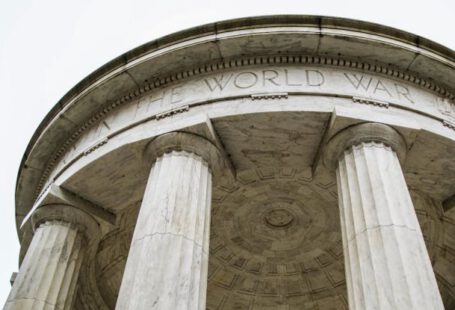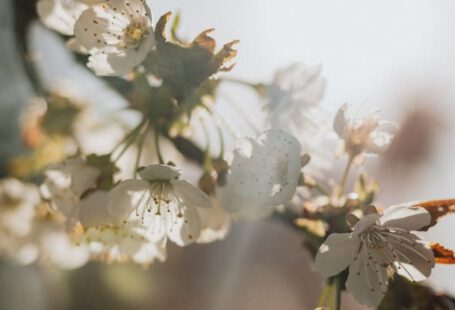Belgrade, the capital city of Serbia, is a vibrant metropolis with a rich history that includes influences from various cultures. One of the most intriguing aspects of Belgrade’s heritage is its Ottoman past, which has left a significant mark on the city’s architecture, cuisine, and traditions. Exploring Belgrade’s Ottoman heritage offers a unique opportunity to delve into a fascinating period of history and discover the cultural diversity that has shaped the city into what it is today.
Uncovering Ottoman Architecture in Belgrade
One of the most prominent ways to explore Belgrade’s Ottoman heritage is through its architecture. The legacy of the Ottoman Empire can be seen in several buildings and structures scattered throughout the city. One of the most iconic landmarks is the Belgrade Fortress, also known as Kalemegdan. Originally built by the Romans, the fortress was later expanded and renovated by the Ottomans, who left their distinct architectural style on the fortification. Visitors can wander through the fortress grounds, admiring the blend of Roman and Ottoman influences that make this site a true historical gem.
Another architectural gem that highlights Belgrade’s Ottoman heritage is the Bajrakli Mosque, the only remaining mosque in the city. Built in the 16th century during the Ottoman rule, the mosque is a testament to the city’s multicultural past. Its elegant minaret and intricate decorations offer a glimpse into the architectural brilliance of the Ottoman era, inviting visitors to step back in time and appreciate the beauty of this historical site.
Indulging in Ottoman-Inspired Cuisine
Exploring Belgrade’s Ottoman heritage is not just about admiring architecture; it also involves savoring the flavors of Ottoman-inspired cuisine. The Ottoman Empire’s culinary influence can still be felt in Belgrade’s food scene, with many restaurants offering dishes that pay homage to this rich heritage. Traditional Ottoman dishes such as burek, a savory pastry filled with meat or cheese, and baklava, a sweet dessert made of layers of filo pastry and nuts soaked in honey, can be found in various eateries across the city.
Visitors looking to experience authentic Ottoman-inspired cuisine should not miss the opportunity to dine at a local restaurant specializing in traditional dishes. By sampling these culinary delights, visitors can gain a deeper appreciation for the fusion of flavors and culinary techniques that have been passed down through generations, preserving the Ottoman heritage in Belgrade’s gastronomic landscape.
Immersing in Ottoman Traditions and Culture
Beyond architecture and cuisine, exploring Belgrade’s Ottoman heritage also involves immersing oneself in the traditions and culture that have been preserved over the centuries. Visitors can delve into the city’s history by visiting museums and galleries that showcase artifacts and artworks from the Ottoman period, providing insights into the daily life and customs of the people who once inhabited the region.
Attending cultural events and performances that celebrate Belgrade’s Ottoman heritage is another fantastic way to engage with the city’s past. Traditional music and dance performances, as well as exhibitions showcasing Ottoman textiles and crafts, offer a glimpse into the vibrant cultural tapestry that has been woven throughout the city’s history.
Appreciating Belgrade’s Ottoman Heritage
Exploring Belgrade’s Ottoman heritage is a captivating journey that allows visitors to delve into a bygone era and appreciate the cultural diversity that has shaped the city into a vibrant and dynamic metropolis. From admiring architectural marvels to indulging in tantalizing cuisine and immersing in rich traditions, there is no shortage of ways to experience the legacy of the Ottoman Empire in Belgrade. By embracing the city’s multicultural past, visitors can gain a deeper understanding of its history and forge a connection with the vibrant tapestry of cultures that continue to thrive in this enchanting European capital.





